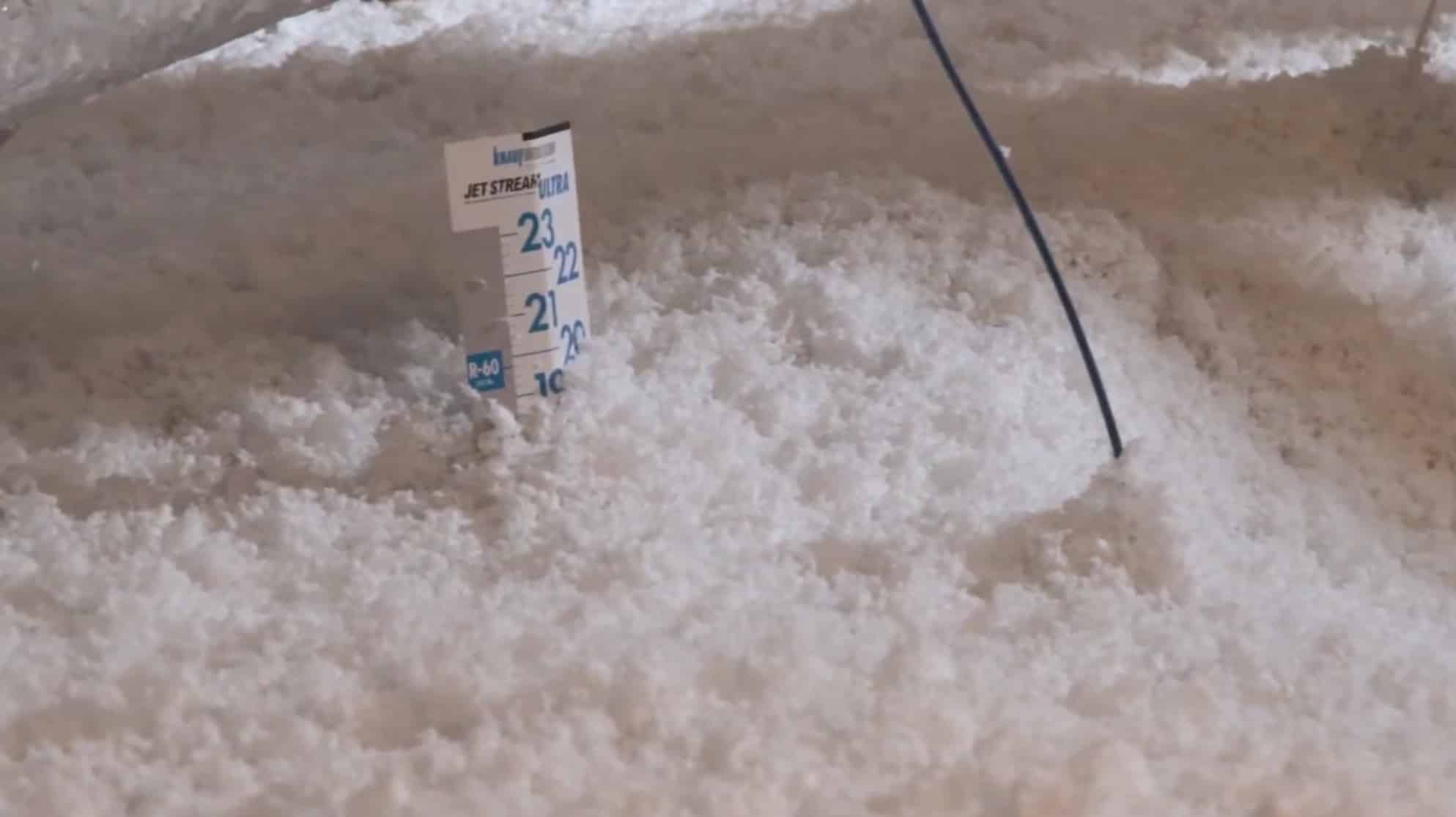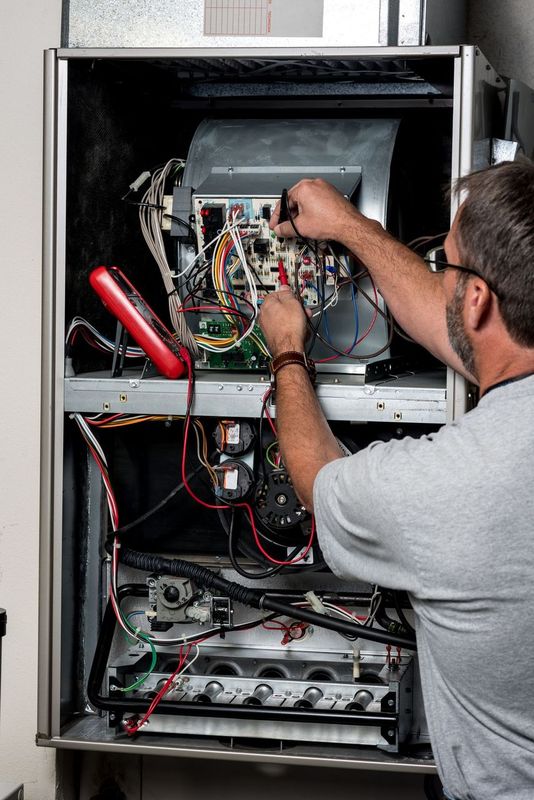How Green Attics can Save You Time, Stress, and Money.
Table of ContentsSome Known Factual Statements About Green Attics How Green Attics can Save You Time, Stress, and Money.Our Green Attics PDFsUnknown Facts About Green AtticsTop Guidelines Of Green AtticsThe Of Green AtticsThe Facts About Green Attics Revealed
Structure codes need that air rooms between chimneys and flooring or ceiling settings up with which they pass be sealed with a non-combustible fire quit (see Figure 5-3 and Figure 5-4). There is often a void in between the celebration wall (such as the common wall in between systems in duplexes, triplexes and row homes) and the side of the attic room floor.
A hefty polyethylene sheet which is caulked with acoustical sealant and stapled to the ceiling encases the electric box. An electrical wire diverts from the electrical box and down via an opening right into an interior wall. Openings around electric cables are full of caulking or foam sealer, and caulking seals spaces along the top of the interior wall surfaces.
Attic ventilation offers a number of purposes. Home energy audit. It minimizes summer warm buildup, lengthening the life of roofing and lowers air conditioning system loads. After air securing, attic air flow is your 2nd line of support versus the water vapour that may have discovered its way into the attic room. It guarantees a cooler, well-vented attic area much less prone to the formation of ice dams at the eaves.
Green Attics for Dummies
You may have to find roofing or soffit vents from outdoors if they are not plainly noticeable from inside the attic room. Residences with actually peaked roof coverings and easily accessible attic rooms are the most convenient to air vent by using the ratio of 1 to 300. This proportion describes unblocked air vent area to the protected ceiling area.

The following Parts detail the best approach depending on your attic type. After you have inspected the attic and lugged out any kind of therapeutic job, emphasis initially on air and dampness control.
An Unbiased View of Green Attics
On the other hand, spray foam offers air securing and a preliminary layer of high quality insulation that can be covered as much as the desired RSI (R) degree. If the attic room retrofit is being completed along with interior remodellings, the most convenient technique is to set up a brand-new, solitary air and vapour barrier on the bottom of the ceiling joists.
Spray foam or inflexible board insulation can help connect the gap in this area. Cut inflexible board to fit between the ceiling joists and to prolong from the outside wall leading plate towards the attic.
Eliminate existing insulation from the location you are functioning on and set it to one side. Caulk all edges, spaces and joints, see Numbers 5-10 and 5-13.
Spray foam professionals can set up closed-cell foam between the joists to air seal and add insulation at the very same time to the ceiling. All existing insulation and dirt must be removed first to browse this site enable for a good bond.
Facts About Green Attics Revealed
(http://www.askmap.net/location/7178954/united-states/green-attics)
This removes roof covering venting and develops what is called a hot roof covering, where the attic room ends up being component of the conditioned (heated and cooled down) house room. This process might be suitable for some attics, yet do not proceed without authorization from your building examiner, and afterwards only make use of a certified spray foam specialist who recognizes with the procedure.
If there are obstructions above the joists, such as with a truss roofing, it might be most convenient to put batt insulation right into the joist rooms and then utilize loose-fill insulation to develop a complete blanket of insulation over the joists and around all blockages. Loose-fill insulation is also great on its own, especially in irregular or blocked rooms.

Some Known Facts About Green Attics.
Usage baffles in between each rafter space to avoid it from being blocked (see Number 5-11). Insulate above and listed below cross bracing, splitting or reducing the batt to accommodate the cross supporting as illustrated in Number 5-12. Alternatively, reduced one batt right into a series of wedges and afterwards fit a wedge under each brace.
The very first layer of batts need to be thick enough to entirely fill to the top of the joist area. The 2nd layer can then run vertical across the joists to block any kind of heat flow via and around the joists (see Figure 5-13). Radiant barriers. Guarantee that there are no spaces in between the two layers of insulation
Apply blanket insulation in the very same means as batts. It may be pre-cut with a knife or cut right away. Beginning at one end of the attic room and unfold the blanket. Figure 5-11 Baffles can be utilized to keep airflow through the soffit vents Text version Exploded view of baffles in between attic room roof joists with arrows suggesting air motion taking a trip from the outside, via a vent in the ceiling overhang, and over the baffles.
Top Guidelines Of Green Attics
Figure 5-13 The top layer of insulation runs perpendicular down layer Text variation Picture of layers of batts of insulation in between and above attic joists. Batts on top of joists are perpendicular to batts in between joists. A polyethylene sheet is laid under both layers of insulation and affixed to the top of attic room joists by caulking and staples.

If the loose fill is deeper than the joists, develop insulation structure (a baby crib) around the attic room hatch so that it can be filled to the edge (see Figure 4-7). The bags of insulation product will certainly detail the number of square metres (or square feet) each bag ought to cover to supply the called for RSI worth.
How Green Attics can Save You Time, Stress, and Money.
If you are having a contractor do the job, compute the RSI worth that you want and check the bags of insulation to be used. They should show the location that a person bag will cover at the selected shielding worth. You and the professional ought to then settle on the overall number of bags to be used, the anticipated protecting value and the minimal settled deepness of insulation throughout the attic, based upon a specific thickness.